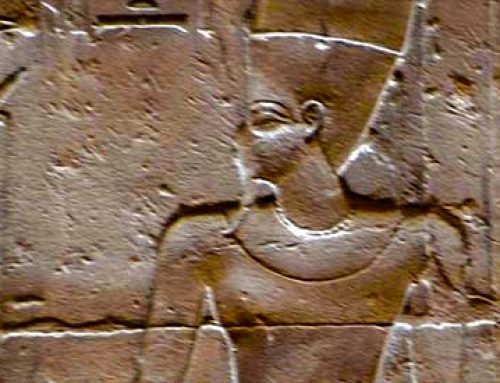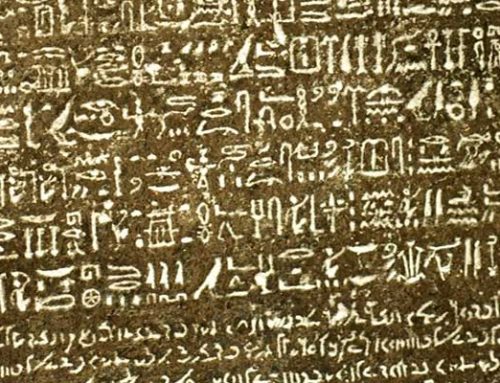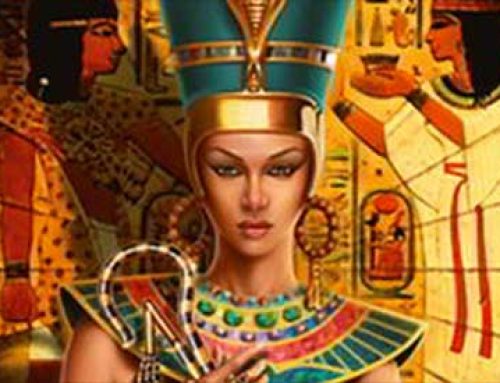In 332BCE, a Greek military leader named Alexander the Great led an army into Egypt. For nearly two centuries at that time, the ancient land had been under control of Persia, a powerful empire in western Asia. As Alexander’s army defeated the Persians, the Egyptian people welcomed Alexander. Some Egyptians even worshipped the Greek general as a pharaoh.
Alexander soon left Egypt to continue his conquests, but before leaving, he established a new capital named for himself on a port city in the Mediterranean Sea. This city called Alexandria became a center of trade between Egypt and other cities in a growing empire.
The Greek rulers who succeeded Alexander constructed the greatest library of the ancient world in Alexander’s capital. The Royal Library at Alexandria collected books from all over the known world and attempted to gather all of the world’s knowledge in one place.
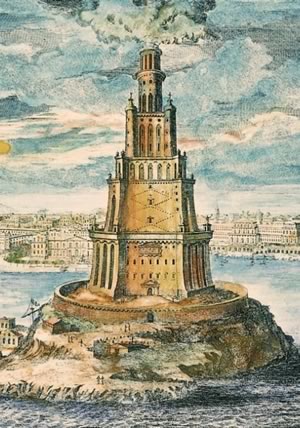
Lighthouse_at_Alexandria
Regarded as one of the Seven Wonders of the Ancient World, the Lighthouse of Alexandria was constructed between 280 and 247BCE. For many centuries it was one of the tallest man-made structures on Earth.
Because books had to be copied by hand, they were very rare before Johann Gutenberg invented the printing press about 1450CE. Legends say that books were seized from ships sailing into Alexandria’s port. Scribes at the library then copied the books manually. The library would keep the original volumes and returned only the copies to their owners.
The Royal Library at Alexandria was housed in many buildings, but many of those buildings were destroyed over the next nine centuries. The final destruction of the library appears to have occurred in the seventh century of the Common Era.
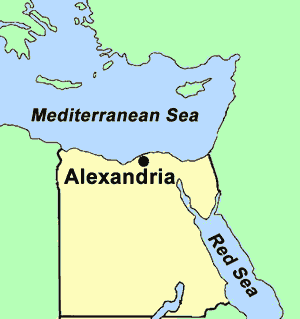
Alexandria_map
Regarded as one of the Seven Wonders of the Ancient World, the Lighthouse of Alexandria was constructed between 280 and 247BCE. For many centuries it was one of the tallest man-made structures on Earth.
Today, we live in a great world with huge cities and instant communication. I think this is the best time in history to be alive, but it’s very different from the way people lived for almost all of history. If you didn’t have my experience, it might be difficult to understand how people could imagine a storybook in the sky. Several years ago, I went on vacation to a small town in northern Vermont, high on a mountain. Even there, the small town of St. Johnsbury, twenty miles away, gave off too much light to see the sky the way I saw it more than 50 years ago.
I’ve studied history because I’ve wondered how our civilization developed. This website is a result of what I’ve learned. The story of how we developed from prehistory to our modern world is fascinating. I hope you will join me in these pages on a journey through time and space.
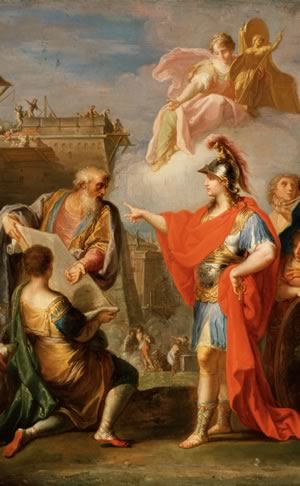
ounding_Alexandria
A section of Placido Costanzi’s Alexander the Great Founding Alexandria (c. 1737). In this image, the young military leader gives instructions to the Greek architect Dinocrates.
A modern library, the Bibliotheca Alexandrina, was constructed in Alexandria in 2002. Similar to the ancient library’s mission of pulling together all knowledge, today’s version houses a copy of the Internet Archive, a vast computer collection that attempts to keep a record of nearly anything ever posted on the Internet. You can access the Internet Archive and see archived copies of what websites looked like in the past at www.archive.org.
Resources
Download this lesson as Microsoft Word file or as an Adobe Acrobat file.
Listen to Mr. Dowling read this lesson. (mp3)
Lexile Measure 1110L
Mean Sentence Length 17.17
Mean Log Word Frequency 3.43
Word Count 309
Mr. Donn has an excellent website that includes a section on Ancient Egypt.
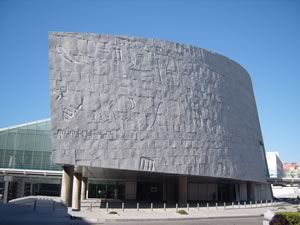
Bibliotheca_Alexandrina
The Bibliotheca Alexandrina is located on the shore of the Mediterranean Sea. It is a commemoration of the Library of Alexandria that was lost in antiquity.


